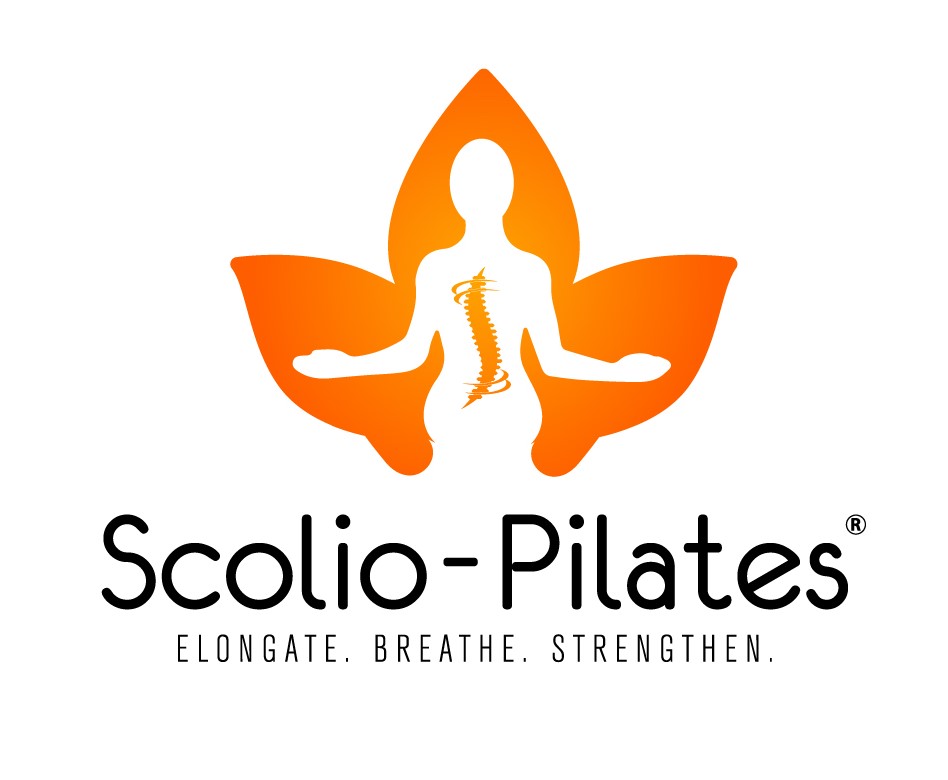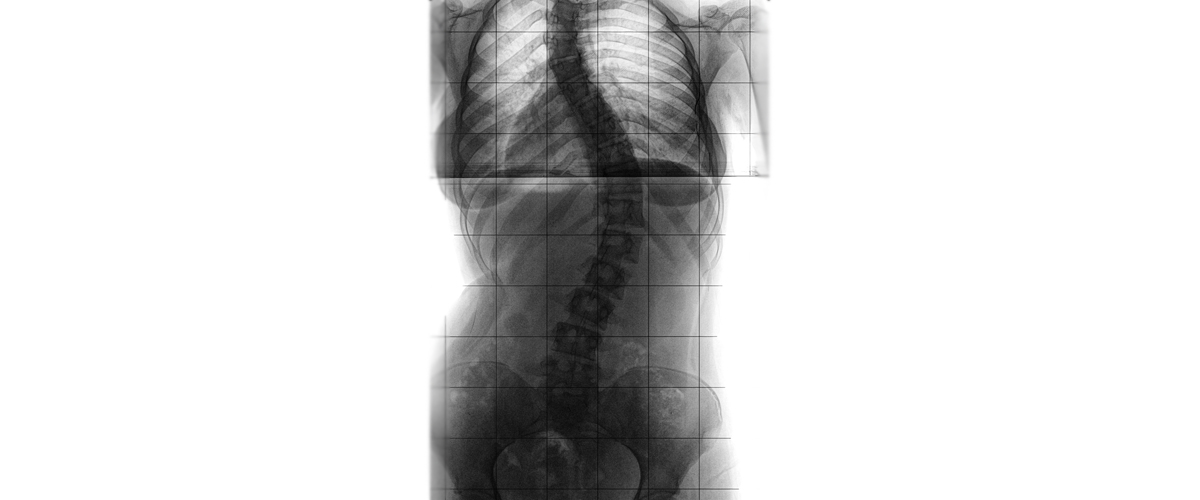Are you ready to leave a comment for the USPSTF on their draft statement?
Do you want some help on knowing what to say?
- Go here to see the draft
- Click on Leave a Comment
- Use the comments below as a jumping off point as your response to the USPSTF’s draft recommendation. Or feel free to copy and paste the comments from below.
Page 1, Question 2: What information, if any, did you expect to find in this draft Recommendation Statement that was not included?
Response: I would expect a more thorough review of available evidence. The draft cites 30 studies. The recent recommendations from SOSORT: Society of Spinal Orthopaedic and Rehabilitation Treatment cites 380 studies. For example, the draft cites two studies on the effectiveness of exercise for idiopathic adolescent scoliosis where the SOSORT studies cites 41 and makes 8 recommendations on the effectiveness of using exercise in treating idiopathic scoliosis.
Page 1, Question 3: Based on the evidence presented in this draft Recommendation Statement, do you believe that the USPSTF came to the right conclusions? Please provide additional evidence or viewpoints that you think should have been considered.
Response: The “I” recommendation by the USPSTF for scoliosis screening is unwarranted based on current evidence. Please consider the following:
#1: In a study that you cite, [Spine J. 2015 May 1;15(5):825-33. doi: 10.1016/j.spinee.2015.01.019. Epub 2015 Jan 20.], the conclusions are strongly in favor of scoliosis screening: “This report describes the first large population-based study with a long-term follow-up indicating that a scoliosis screening program can have sustained clinical effectiveness in identifying patients with adolescent idiopathic scoliosis needing clinical observation. As the prevalence of adolescent idiopathic scoliosis increases, scoliosis screening should be continued as a routine health service in schools or by general practitioners if there is no scoliosis screening policy.”
#2: The draft cites two studies for the effectiveness of exercise for treating idiopathic scoliosis. SOSORT (Scoeity of Spinal Orthopaedic and Rehabilitation Treatment, cites 41 studies in support of exercise and idiopathic scoliosis. Their recommendations 21-28, recommend specific exercise for the early intervention of idiopathic scoliosis. See recommendations here: https://scoliosisjournal.biomedcentral.com/articles/10.1186/1748-7161-7-3
#3: The draft states that children with scoliosis do not experience pain. While there needs to be further evidence, please consider this: Children with pain are frequently assessed using the Pediatric Pain Screening Tool (https://www.ncbi.nlm.nih.gov/pmc/articles/PMC4504741/). Children who have no other experience may not be able to define their own pain. They may not know that a back isn’t supposed to be stiff, or keep them from playing sports or other activities that most children participate in. They only know by comparison. This comparison will only come as they grow older.

